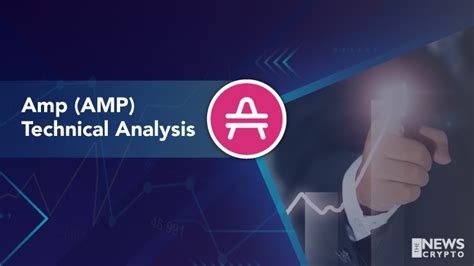Artificial Intelligence-Powered Technical Analysis: A New Standard for Traders
The world of trading is constantly evolving, and one of the most significant advancements in recent years has been the integration of artificial intelligence (AI) into technical analysis. Gone are the days when we relied solely on human intuition and traditional methods to navigate the markets. Today, artificial intelligence-powered technical analysis is revolutionizing the way traders approach their trades, providing a new standard for those who want to succeed in this high-stakes industry.
What is technical analysis?
Technical analysis is the study of historical price data and charts to identify patterns and trends that can predict future market movements. Traders use various indicators, such as moving averages, RSI (Relative Strength Index), and Bollinger Bands, to analyze market behavior. These tools help traders make informed decisions about when to buy or sell assets.
Limitations of Traditional Technical Analysis
While traditional technical analysis has been a staple in the trading world for decades, it has a few limitations:
Lack of objectivity: Human analysts can be influenced by personal biases and emotions, leading to inaccurate predictions.
Insufficient data: Historical price data may not accurately reflect current market conditions.
Over-accessing patterns: Focusing too much on pattern identification can lead to over-trading and incorrect decision making.
The role of AI in technical analysis
Artificial intelligence-based technical analysis has the potential to revolutionize the industry by automating many tasks, providing unparalleled accuracy, and providing a more objective approach. Here are some ways in which AI is changing the game:
Predictive models: AI algorithms can analyze large amounts of historical data, identify patterns, and predict market movements with great accuracy.
Pattern Recognition: Machines can recognize complex patterns in market data, helping traders make informed decisions.
Risk Management: AI-powered systems can detect potential risks and automatically adjust positions to minimize losses.
AI-powered technical analysis tools
Several platforms and tools are already integrating AI into their technical analysis offerings. Some of the most notable include:
Fibonacci Retracement Levels: AI algorithms analyze historical price data to identify areas of support and resistance, helping traders establish buy and sell signals.
Momentum Indicators: Machines use machine learning algorithms to analyze market trends and predict future price movements.
Sentiment Analysis: AI-based systems can analyze market sentiment using social media and news data to identify potential trading opportunities.
Advantages for traders
Integrating AI into technical analysis offers numerous benefits for traders:
Improved accuracy: AI-based tools provide more accurate predictions, reducing the risk of incorrect trades.
Increased efficiency: Automated analysis saves time and effort, allowing traders to focus on high-leverage activities.
Improved risk management: AI-based systems can detect potential risks and automatically adjust positions to minimize losses.
Challenges and limitations
While AI-based technical analysis has the potential to revolutionize the industry, there are still challenges and limitations to overcome:
Data quality
: High-quality historical price data is essential for accurate predictions.
Regulatory Compliance: Compliance with regulatory requirements is essential when using AI in trading.
Integration with existing systems
: Seamlessly integrating AI-based tools into existing trading platforms can be a challenge.
Conclusion
Artificial intelligence-based technical analysis represents a significant advancement in the world of trading.
